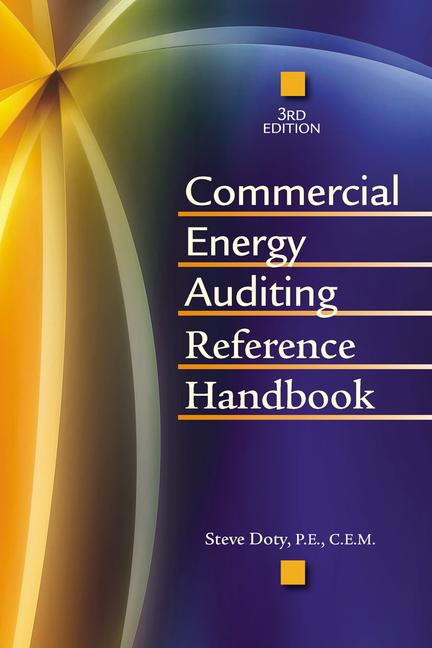Sometimes this thinking is hard to overcome because it can be correct; you can make more money than save money. High-efficiency energy applications are often perceived as being expensive and thus are value-engineered out in the early stages of program planning. Even today, LEED™ certification is assumed to cost more than if the project did not pursue this recognition. So much for "green design"!
The Last Time Around
During the boom era, I still tried to encourage the client to be sensitive to the environment, beginning with energy conservation. Whether this approach worked or not doesn't deter me from drawing upon my construction experience where I learned lot of tricks of the trade from contractors on how to reduce construction costs.The first article I had published back in the mid-1970s was titled, "Energy Conservation Through Value-Engineering," demonstrating this proactive initiative. My HVAC design was based on value-engineered sheet metal lessons learned that saved thousands of dollars in first cost.
My design cashed in on these savings as I included high-efficiency features into the engineering applications for this project. The HVAC project budget was $1.88 million with no one but myself knowing that I was trading off construction cost cuts for energy conservation. The contractor awarded the job had a bid of $1,881,000 and the building owner received one energy recovery wheel and one energy-efficient kitchen hood exhaust and makeup air installation.
Sometimes you get lucky, as I did, with the budget-to-actual project cost differential of $1,000, but the point of this example is that engineers need to challenge the process and make sure that energy efficient design is included in spite the situation.
This philosophy was addressed in my October 2003 column, where I talked about responsible design in lieu of green design. Today, energy conservation is back in style, with more owners inquiring about green design and LEED certification.
We should not miss the opportunity to accept the challenge. Our engineering concepts need to continue to be creative and efficient so that these designs deliver high-efficiency, high-performance, cost-effective operating results. Now, with construction slowing down in many areas of the country, it is time to get extra creative with energy retrofit opportunities. We need to sustain our efforts to provide responsible design.
Beyond Catchphrases
And speaking of sustainable, I think this word is the ideal term today for energy conservation because it really hits the mark when attempting to explain the meaning of responsible design. It certainly makes an engineering statement that doesn't sound like it came from a public relations or marketing firm. The word has substance and when attached to the word engineering, it emphasizes that sustainable engineering is appropriate, responsible engineering.If presented in this manner vs. green design, life-cycle design, and/or energy-efficient design, I believe it implies that this is appropriate and not optional. We should be confident that our engineered solutions are going to be sustainable and at no additional cost. Those of us involved with troubleshooting systems, energy engineering, and facility management need to recognize and champion our role and not let down the environment. We are the ones who can make the difference with energy conservation, retro commissioning, and energy recovery.
Everything that goes around comes around, so energy conservation is back. It is being packaged in green this time around, but hopefully this marketing buzz won't diminish the importance of our mission.
Start With Existing Buildings
As we approach 2004, existing building system operation is a great place to focus on reducing energy consumption, because we have past utility bills to benchmark energy engineering against. With 20/20 hindsight to contribute to this formula, we are in a great position to make an engineering difference with quick fixes, 1- to 3-yr ROI, and long-term retrofit projects. All it takes on our part is vision, commitment, and initiative to creative solutions to existing operating conditions.This same philosophy needs to be carried over to new building construction, too. There are computer software programs that can simulate energy consumption, and these programs should be drawn on more often than currently used. Like it or not, attention to energy conservation is cyclical, and today it is back. Let's not miss the opportunity to maximize sustainable design this time around. ES



